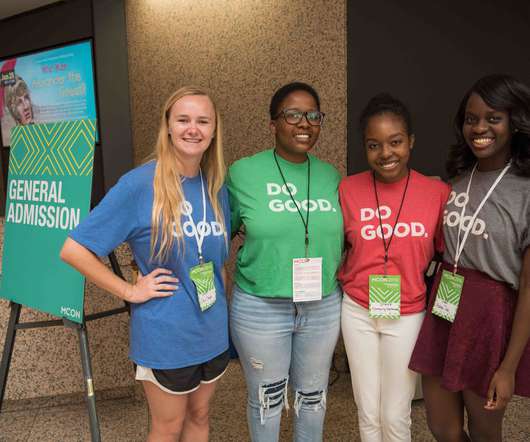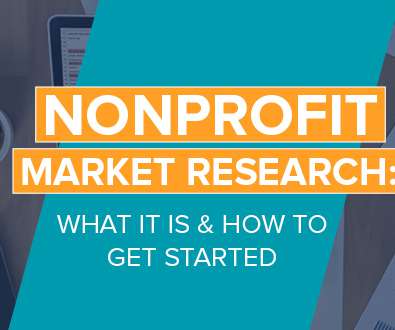How Research Creates Solutions
Achieve
NOVEMBER 19, 2015
Here at Achieve, we are curious about attitudes, perceptions and behaviors on things like giving, volunteering and event participation. Culture alone is a complex concept and requires qualitative methods and quantitative methods. This sequential mixed-methods approach was chosen because first we needed to. Finally, a.













Let's personalize your content